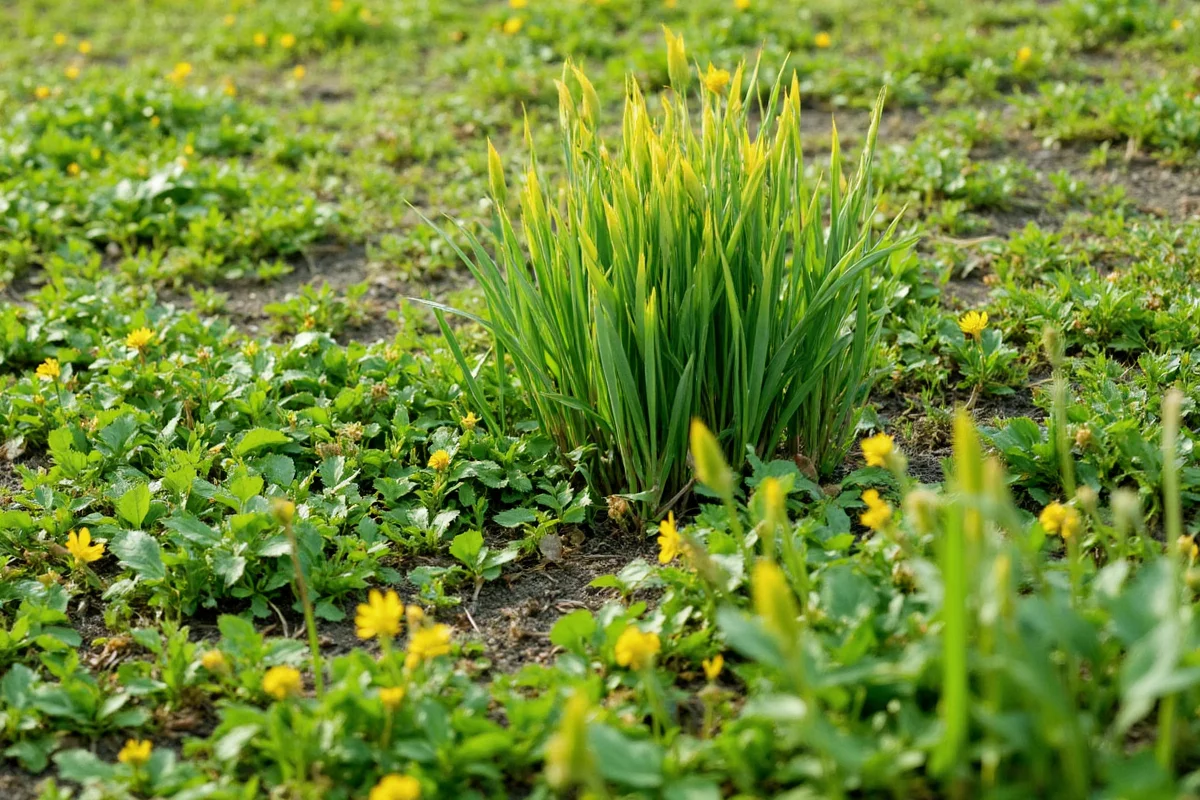Understanding cactus soil is crucial for anyone interested in growing these remarkable and resilient plants. Inadequate soil can lead to unhealthy cacti, stunted growth, or even plant death. This guide is designed to walk you through everything you need to know about cactus soil, including its composition, characteristics, and care instructions. Whether you're a novice gardener or an experienced plant enthusiast, this comprehensive guide will help you create the ideal environment for your cactus to thrive.
Understanding the Characteristics of Cactus Soil
Cactus soil is distinct from regular potting soil primarily due to its ability to drain water rapidly and support minimal moisture retention. This is essential because cacti, native to arid, desert regions, require conditions that prevent root rot and other moisture-related issues. The following characteristics define optimal cactus soil:
- Well-draining: Soil should leave no room for water to pool, which means it needs excellent aeration.
- Grainy Texture: Cactus soil often contains elements like sand, pumice, or perlite, contributing to its loose texture necessary for optimal drainage.
- Slightly Acidic: Cacti prefer a mildly acidic environment, typically with a pH range of 5.5 to 6.5.
These properties ensure that the soil environment supports the cactus's natural adaptations to drought-like conditions. Potting a cactus in traditional soil that's dense and moist can prevent the plant from thriving and lead to early demise.
The Ideal Composition of Cactus Soil
The composition of cactus soil is specially formulated to cater to the plant’s unique needs. Here's a breakdown of the essential components found in quality cactus soil:
- Sand: It provides excellent drainage and mimics the natural habitat of cacti.
- Pumice or Perlite: These are lightweight volcanic rocks that further aid aeration and drainage.
- Compost or Organic Matter: While not as prevalent as in traditional plant soil, a touch of organic matter helps provide nutrients.
- Peat or Coir: These components adjust the soil's pH level to make it slightly acidic.
A typical cactus soil mix might consist of approximately 40% gravelly sand, 40% organic matter like perlite, and 20% peat or coir. The choice of materials can vary depending on climate and regional availability of components.
| Component | Purpose |
|---|---|
| Sand | Provides drainage and mimics desert soil |
| Pumice or Perlite | Enhances aeration |
| Compost | Adds nutrients |
| Peat or Coir | Adjusts pH to slightly acidic |
How to Prepare Your Own Cactus Soil at Home
While store-bought cactus soil is readily available, making your own is cost-effective and allows for customization according to your specific plant needs. Here are steps to prepare homemade cactus soil:
- Begin by gathering the materials: sand, pumice or perlite, compost or organic matter, and peat moss or coir.
- Mix components in a large container. A recommended ratio is 2 parts sand, 1 part pumice or perlite, and 1 part peat moss or coir.
- Adjust the mix based on drainage needs or environmental conditions. Increase sand for hotter climates where evaporation is more rapid.
- Test the pH of the soil using a test strip or meter to ensure it falls within the 5.5 to 6.5 range.
By preparing your mix, you are tailoring the soil directly to the unique requirements of your plant, taking the step necessary to ensure optimal growing conditions.
Tips for Maintaining Cactus in Optimal Soil
Once you've potted your cactus in well-prepared soil, ongoing soil maintenance is crucial for ensuring the long-term health of your plant. Here are several maintenance tips:
- Water Sparingly: Cacti cannot tolerate excess moisture, so ensure soil is dry between waterings.
- Ensure Proper Pot Drainage: Use pots with drainage holes to prevent water logging.
- Re-pot Regularly: Fresh soil mixes should occur every couple of years to replenish nutrients.
- Inspect Soil Condition: Regularly check for compactness and replenish minerals or create space to improve drainage as needed.
Proper maintenance will ensure not only the survival but the thriving condition of your cactus for many years.
Common Mistakes in Cactus Soil Preparation
Even experienced gardeners can make mistakes when it comes to cactus soil. Avoid these errors to ensure your cactus remains healthy:
- Using Regular Potting Soil: This often retains too much moisture, leading to root rot issues.
- Ignoring pH Levels: Overlooking the pH balance can lead to nutrient uptake problems.
- Overwatering: Regardless of how well-draining your soil is, excess water can be damaging.
- Neglecting to Mix Components: Not thoroughly mixing soil components can lead to inconsistent drainage.
Being aware of these common pitfalls enables you to create a robust environment for your plant right from the start.
In conclusion, understanding and implementing the right type of cactus soil is essential to cultivating healthy and thriving cacti. From choosing the right components for your soil mix to ongoing maintenance practices, this guide provides a comprehensive basis for enhancing your cactus gardening experiences. Take these tips and apply them so that your cactus can grow strong and beautiful over the years. Happy gardening!











 浙公网安备
33010002000092号
浙公网安备
33010002000092号 浙B2-20120091-4
浙B2-20120091-4